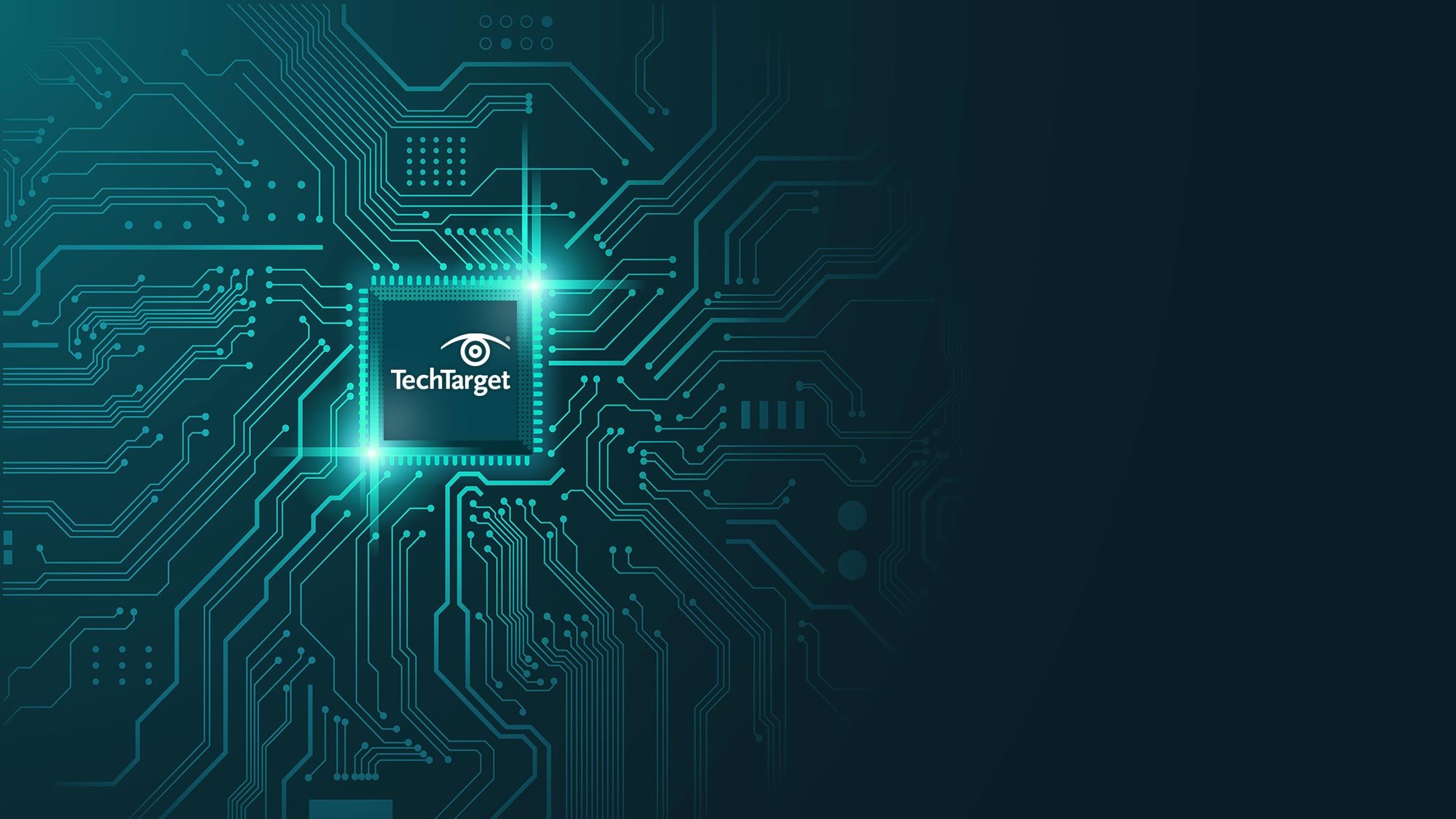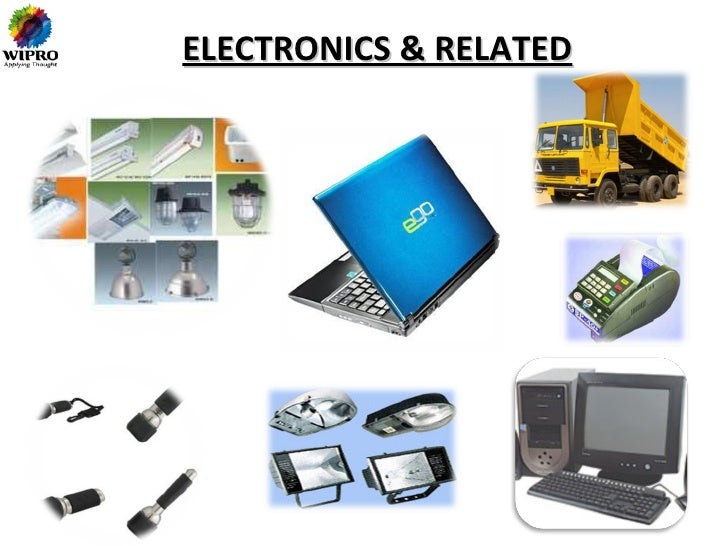Cisco Meraki offers the only solution that provides unified management of mobile devices, Macs, PCs, and the entire network from a centralized dashboard. Enforce device security policies, deploy software and apps, and perform remote, live troubleshooting on thousands of managed devices.
Cisco Meraki Systems Manager provides over-the-air centralized management, diagnostics, and monitoring for the mobile devices managed by your organization — from iPads and Androids to Macs and PCs. Systems Manager monitors each of your organization’s devices, showing useful metrics such as client hardware/software information and recent location, and even lets administrators remotely lock and erase devices.
Cisco delivers innovative software-defined networking, cloud, and security solutions to help transform your business, empowering an inclusive future for all. This program can be installed on Windows XP/Vista/7/8/10 environment running PC or laptop. Cisco LEAP module takes advantage of the standard 802.1X framework. Cisco was the pioneer in introducing Extensible Authentication Protocol (EAP) support for WLANs at a time when none of the existing client operating systems provided EAP support.
Enforce policies across mobile devices administered by your organization. Protect devices and their data, control their usage with fine-grained passcode policies, and restrict access to the app store, gaming, and content.
Systems Manager also makes it easy to define and deploy network settings like wireless connectivity, security settings, and remote VPN access to all devices on your network at once. Instead of manually provisioning devices for network connectivity, or relying on end users to do so, configure settings such as WPA2-Enterprise in the dashboard, and let the cloud push the settings to end-user devices.
Backpack lets you deliver and manage documents, images, apps, and other files on Android devices. Bundle documents and files into a backpack and deliver it over-the-air to one device or thousands of devices, right from the dashboard. Built-in file synchronization keeps the content on the device up-to-date with the latest version of the file in the administrator’s backpack.
Prepare separate backpacks to be delivered to different classrooms, departments, or groups. Use tags to selectively deliver content to the appropriate devices.
While user-owned devices have exploded onto networks everywhere, it’s imperative to keep network access secure without causing an undue IT burden.
Improve the security of BYOD initiatives by enforcing data encryption, remotely wiping lost devices, and even restricting network access to managed devices. Cisco Meraki wireless has built-in support for BYOD, making it easy to securely support BYOD — without extra appliances, licenses, or complex configuration.
Layer 7 client fingerprinting technology integrated into all Cisco Meraki products lets you see all the devices on your network, with no configuration required. Client devices are automatically identified and classified, letting you distinguish between mobile devices, desktop PCs, see device operating systems, and even see device hardware manufacturers.

Cisco Desktop Phone
Automatically apply network policies for managed device characteristics
Device-specific policies can be automatically applied by Cisco Meraki wireless APs to restrict, quarantine, or throttle user-owned devices.
Cisco Meraki client fingerprinting technology immediately recognizes iOS, Android, Windows, and Mac devices, and even lets you apply more restrictive policies for unknown devices.
Analyze network activity with automatic reporting
See how many BYOD clients have connected, measure the bandwidth they’ve used, and even see their percentage of total traffic.
Network summary reports are delivered to your inbox at any time or on an automatic, monthly schedule.
Try Meraki
Attend a webinar to receive a complimentary Meraki 802.11ac access point, request evaluation gear, or start an instant live demo.

Cisco Desktop App Download
Before you begin
Driver updates for Windows 10, along with many devices, such as network adapters, monitors, printers, and video cards, are automatically downloaded and installed through Windows Update. You probably already have the most recent drivers, but if you'd like to manually update or reinstall a driver, here's how:
Update the device driver
In the search box on the taskbar, enter device manager, then select Device Manager.
Select a category to see names of devices, then right-click (or press and hold) the one you’d like to update.
Select Search automatically for updated driver software.
Select Update Driver.
If Windows doesn't find a new driver, you can try looking for one on the device manufacturer's website and follow their instructions.
Reinstall the device driver

In the search box on the taskbar, enter device manager, then select Device Manager.
Right-click (or press and hold) the name of the device, and select Uninstall.
Restart your PC.
Windows will attempt to reinstall the driver.
More help
Cisco Wireless Drivers Download
If you can't see the desktop and instead see a blue, black, or blank screen, see Troubleshoot blue screen errors or Troubleshoot black or blank screen errors.
